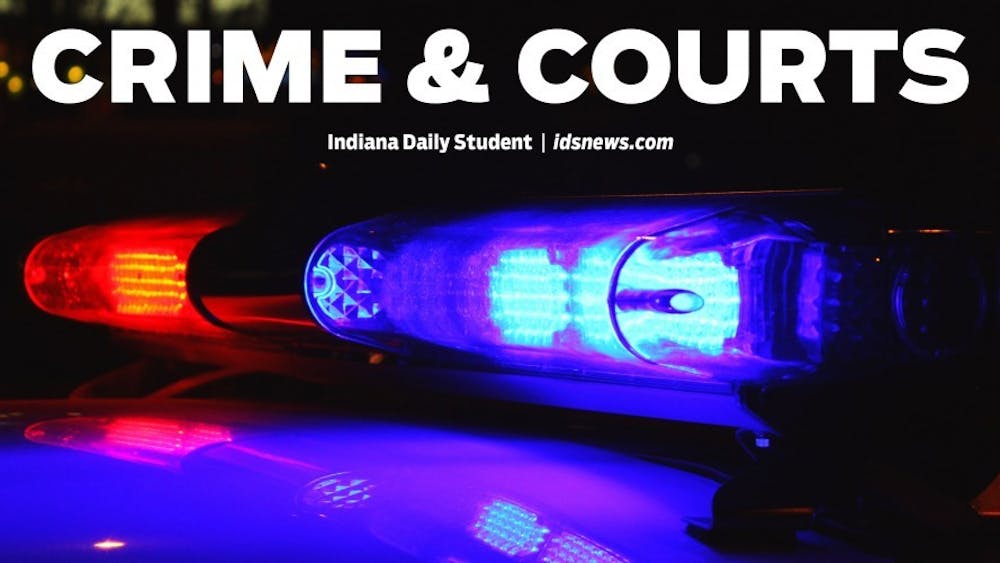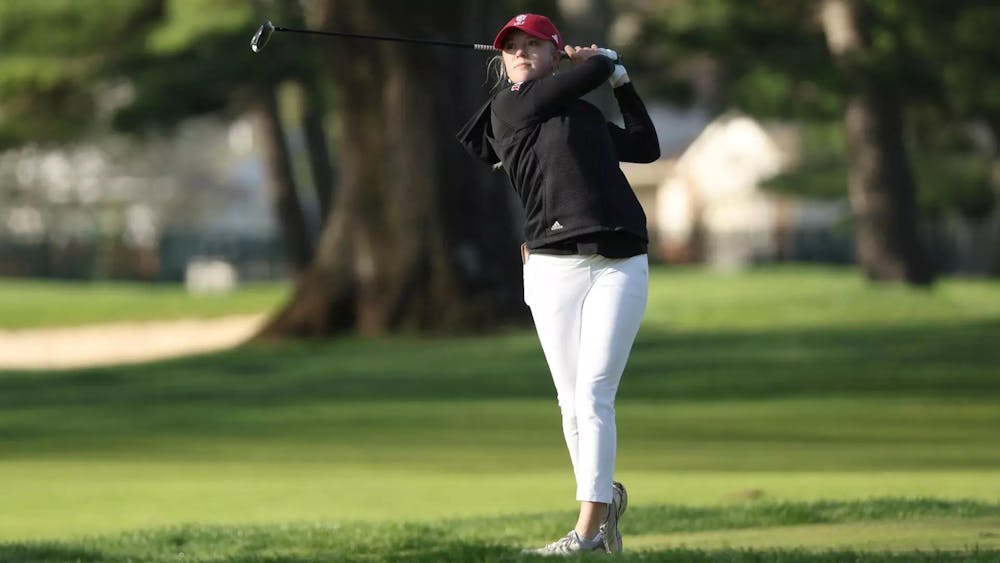The partnership is a close collaboration between not only IU Athletics and the Media School, but also the Cuban Center, which will open in the spring of 2017, and the National Sports Journalism Center, which moved from IU-Purdue University Indianapolis to IU-Bloomington in early September.
While both sides present broadened opportunities for Media School students, IU journalism alumni see a conflict of interest within the partnership.
“What is the point of the partnership?” said Michael Sanserino, 2009 graduate and former Indiana Daily Student editor-in-chief. “Schools across the country are developing internship relationships without partnerships. It’s just too close of a relationship for comfort.”
According to a Media School press release Tuesday, the partnership will provide advanced coverage of IU sports and allow students to use the high-end technology that will be housed by the Cuban Center, as well as open up more career and internship possibilities.
The negative backlash in reaction to the announcement came as a surprise to new director of NSJC Galen Clavio, who has served as an assistant professor of sports communication at IU for six years and now is an associate professor of sports media in the Media School.
“The reactions I’ve seen made me think that people thought that we hadn’t already thought about all of these things,” Clavio said about the conflicts of interest. “I think when people saw the announcement, they thought, ‘Oh, here we go. The Media School is going to do the Athletic Department’s bidding.’ Nothing could be further from the truth. I don’t think there are going to be many conflicts.”
IU Athletics Assistant Director Jeremy Gray said the main purpose of the partnership is to find telecommunications and journalism students who are interested in broadcast and offer them up-to-date technology with which to work and broadcast every IU home event.
“I was taught in journalism school to avoid direct conflicts of interests as well as the possibility of the perception of conflicts of interests,” said Sanserino, who is now the associate sports editor for the Pittsburgh-Post Gazette. “Once you’ve admitted a possible conflict of interest, you can’t fight the perception, and at that point, we’ve lost as journalists.”
Sanserino and 2012 IU journalism graduate Stephanie Kuzydym said they are concerned independent entities on campus, such as the IDS, WIUX and IUSTV, will suffer ethical consequences due to the close relationship between the Media School and IU Athletics.
“In sports, any athletic department is known to limit the information revealed to the press,” said Kuzydym, a former IDS sports editor and current sports reporter for the Houston Chronicle. “Now that we are a partner with the athletics department, how can we still tell the truth, and how do people know that we are telling the truth?”
Frank LoMonte, the executive director of the Student Press Law Center, said the partnership has deeper involvement than a typical media or journalism school partnership with an athletics department, but partnerships between the two are not uncommon.
“With so much movement in the field in recent years, the wall between the two is getting thinner and thinner,” LoMonte said. “There just always needs to be a healthy degree of separation between independent news outlets and the athletics department.”
LoMonte also said there should always be clear representation of work produced by independent journalists and students writing for the athletics department.
“I feel like work produced by our writers is implied by being on our website,” Gray said about iuhoosiers.com. “Also, we are mostly about broadcast and less about telling the story.”
Clavio said the purpose of NSJC’s involvement is to safeguard journalism students and independent entities from ethical consequences and help journalism students know their rights.
“I think not being involved with athletics at all would be irresponsible,” Clavio said. “As educators, we are dedicated to maintaining those independent standards, but we are also dedicated to allowing other students to use the technology at the Cuban Center, if they so choose. It’s a big school, involving a lot of students with a lot of interestes. We have to serve all of those publics, not just one.”
Sanserino and Kuzydym said they understand the idea of providing for the majority of the students in the Media School, but neither journalist supported the original merger of the telecommunications and journalism departments.
“I think the fact that they are working this partnership on a focus for broadcast, and, at the same time, not appealing to print journalists really shows where the Media School is taking things,” Sanserino said.





